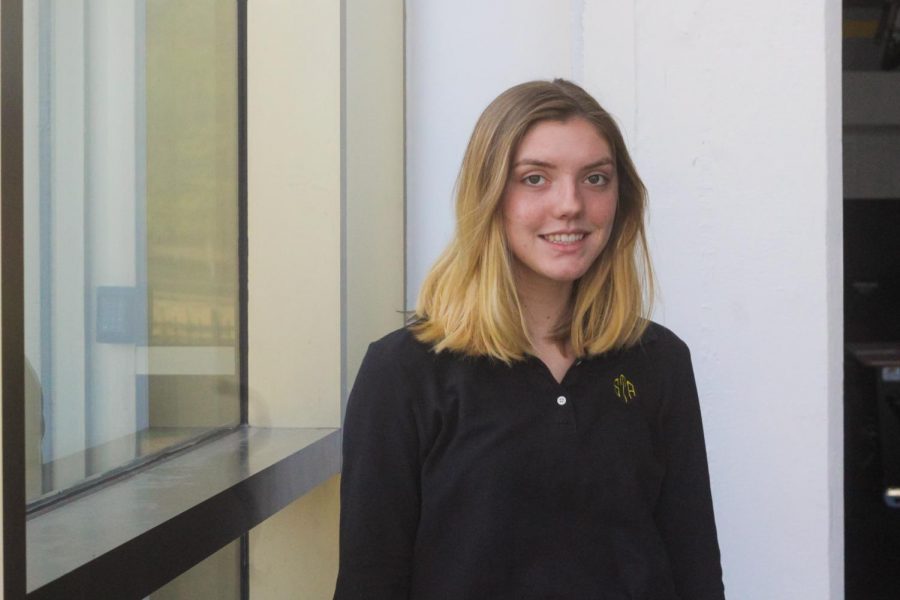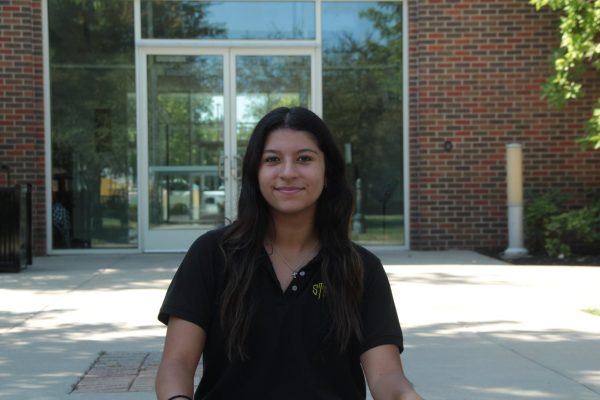Social Media has killed environmentalism
Environmentalism has never been more prominent on social media, but the environmental trends that are emphasized are not the ones that need to be addressed.
September 13, 2019
Environmental awareness has never been more prominent on social media and the teenage lifestyle. Has the transition been made from Instagram stories to concrete action? Or does environmentalism remain a passing trend that never goes further than a Twitter post? The responsibility for saving the Earth lies in the hands of Generation Z; our adult lives will revolve around rebuilding the environment that is continuously being destroyed today.
So many teenagers want to help and feel the importance of climate change with the impending fear that we won’t have a climate in our future. However, Instagram posts usually don’t show more than the imagery of the destruction around the world. Social media rarely gives give clear direction on how to tackle these big issues and use the claim of “for everyone who reposts this, we will donate a dollar to…”. The simple repost can leave teens feeling accomplished and like they have done their part to help. But the simple truth is that we need to get our hands dirty, not swiping on social media.
A culture has developed on social media and among teenagers that having the conversation of change and participating in small trends is enough, but it simply isn’t. According to the United Nations, by 2030 climate change will be irreversible. To make an impact, having a metal straw or thrifting your clothes is helpful but not near enough to help the destruction of the environment that has occurred on a mass scale.
According to the Environmental Protection Agency, the three highest contributors to greenhouse gases in the United States are transportation, electricity and industrial burning of fossil fuels. Right now in teenage media, such as Instagram stories, these are not emphasized as leading factors. Catastrophic events are occurring today, such as the bleaching of the Great Barrier Reef and the burning of the Amazon Rainforest. We need to be creating progress within those major contributors to climate change rather than focusing on fleeting trends in the media to stop these extremes.
Step back from the trends and look at the bigger picture: combating the problems that are having the most effect on our climate will benefit us for the future. We are the generation who can use social media to our advantage. Fossil fuel burning may take up a part of America’s greenhouse gases, but globally they take up half of all emissions according to Inside Climate News. Using social media to address large corporations like ExxonMobil and PENNEX helps raise awareness about the bigger picture. Combating these corporations takes direct action integrated into our lives.
To tackle this problem as a community, we can start local. Programs like Cultivate Kansas City and Heartland Youth Council enrich and inform teens on environmentalism in the Kansas City area. Cultivate Kansas City is a non-profit organization that works to create sustainable food. Heartland Youth Council focuses more on the teen aspect of environmentalism and making an impact in Kansas City.
Opportunities like these should be emphasized in social media and shared among teens in their communities. Starting with concrete change and recognizing the larger issues at hand are the first two steps in creating a legitimate change in the world. Our generation holds the key to saving our planet earth for the future; let’s use it to our advantage.












